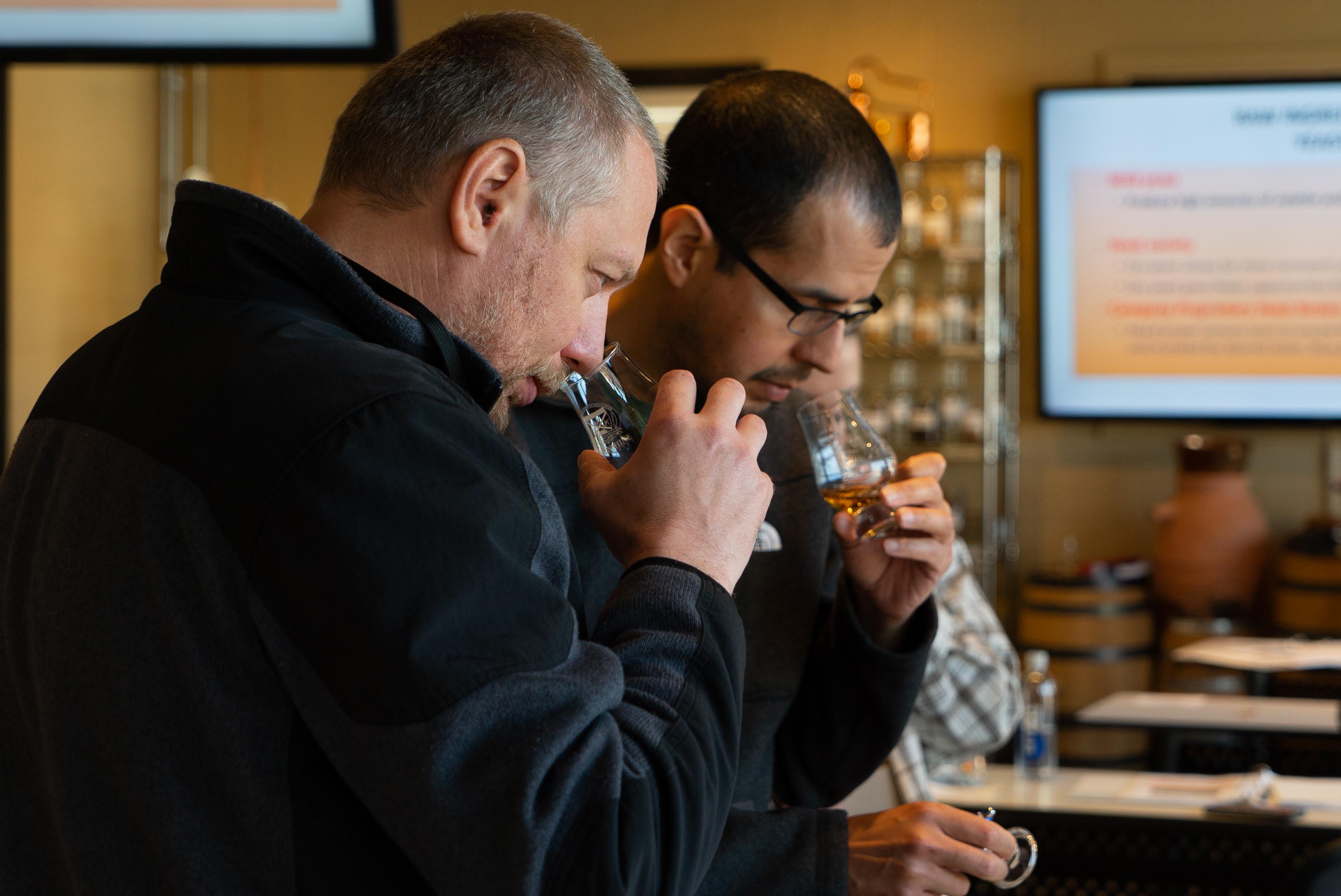
The Art of Non-Alcoholic Spirits
blog
For decades, spirits and cocktails have fostered a culture of craft, connection, and celebration. But over time, cocktail culture has evolved far beyond the buzz!

Written by Scott Rosenbaum, Ah So Insights. Originally published here.
Humans are creatures of habit. The heuristics (or mental shortcuts) we use to guide our decisions are so consistent across large populations that, given certain circumstances, human behavior is relatively predictable.1
There are numerous models of heuristics, but what is implicitly baked into every one is the notion that people prefer to use as little mental energy as possible when making a choice. Thinking is work. Decisions fatigue us.2 This is especially true when it comes to shopping-when offered too many choices, people freak out.
Wineries, distilleries, and others producing their own private labels must work to lower the psychological barriers consumers erect when confronted by a new bottle. Nielsen has estimated that between 50 and 80 percent of wine-buying decisions are made at the retail shelf.3
Making things more mentally "digestible" is imperative. However, too many producers confuse distinctiveness with appeal. This is a mistake. A car wreck slows traffic because it grabs attention; that doesn't mean onlookers wish they were in one. Instead, the goal is to strike a balance between distinctive branding and approachability.
I urge those making design choices to consider the five following ways one might lessen the cerebral burden of those antagonized by choice.4
Keep the name of your product short. I'm talking three syllables or less, if possible. Think about the names of world's most successful wine and spirit brands: Yellowtail, Bacardi, Franzia, Jack Daniel's, Sutter Home, Patron, Cupcake, Tito's, Grey Goose. They're all succinct.
Also, keep the name easy-to-pronounce. No one wants to buy something they don't feel comfortable saying in front of others, particularly at a bar. This is especially important to remember if your intention is to one day export your product to a market where the native language isn't the same as your own.
Haptics engage people's sense of touch. Brands have the opportunity to do the same with packaging. How does the hand perceive the bottle? Is it fun to hold? How easy is it to open? Is it a breeze to pour? These things matter.
Ask any bartender how they really feel about Boston round bottles; if they're feeling generous, they'll tell you they look nice in movies featuring old-time apothecaries-but that's about it.
No one should have to hunt to find the name of your brand on the bottle. Or the wine variety or spirits category. Like McDonald's golden arches, these features-brand name and variety/style-should announce themselves from a mile away.
Ask yourself, does your packaging pass the squint test? Can its name be read easily from behind a bar in a dimly lit room? It should since that's how it'll appear in the wild. Long before you're able to purchase magazine ads featuring fancy product photography, you'll need to ensure people can identify your bottle and what's in it from more than six feet away.
You don't want your brand lacking congruence with its neighbors. It should be in relative visual harmony with the rest of the bottles near it-that is, a Tequila should look like a Tequila; a Veneto Pinot Grigio should look like a Veneto Pinot Grigio; and so on.
That doesn't mean there isn't value in being visually different from competing brands, but being too uncanny makes people question if what's in the bottle is unusual as well. When something looks like it doesn't belong, it feels out of place, which welcomes opportunity for rejection. Don't make your bottle an outcast.
Does the name rely on a pun or some inside humor? It shouldn't.
Does the bottle or label use some gimmick as a crutch? It' shouldn't.
Some consumers will try your brand because they like the gag, or gift it as a prank, but at the end of the day, these are not ideal circumstances for creating repeat business.
If you want to stay updated on the latest industry newsletter on wine and spirits sales, branding, and more, subscribe to Ah So Insights.
Interested in advancing your knowledge of distilling and the spirits industry? Check out Moonshine University's upcoming courses to learn from the best in the business.
Written by Scott Rosenbaum, Ah So Insights. Originally published here.
______________________________________
1* - Do yourself a favor and read the Wikipedia entry on the topic or, better yet, grab a copy of Michael Lewis' The Undoing Project to read the about the partnership between psychologists Amos Tversky and Daniel Kahneman, the duo whose research revealed the constancies of our biases.
2* - This is why former President Barack Obama used to wear only grey or blue suits. Offloading his sartorial choices freed his mind so he could focus on running the nation.
3* - It'd be my guess that it's a lower percentage for spirits brands since there are fewer overall spirits SKUs relative to that of wine and spirits category leaders, which are so highly concentrated around a few producers.
4* - I recognize that not all successful brands execute on every single one of these suggestions. There are always going to be exceptions. The difference is that they can likely afford to break all the rules. If you're reading this, you likely don't have as deep pockets as they do. Your mistakes will cost you proportionately more.
Related Content
The 7 P's Of Selling Wine & Spirits
Embracing The Blended Experience
Scent Memories Vs. The Communal Lexicon: Bringing Objectivity Into Sensory

blog
For decades, spirits and cocktails have fostered a culture of craft, connection, and celebration. But over time, cocktail culture has evolved far beyond the buzz!

blog
Those that are familiar with the process of crafting distilled spirits may also be familiar with the 10 common congeners that are created during fermentation, and honed during the distillation run. Each congener has its own distinct personality, rendering unique tastes and aromas to the finished spirit.

blog
So, you want to start distilling with freshly milled grain. Maybe you're tired of paying top dollar for the pre-milled stuff from the malt distributor, and you're ready to invest in the quality, efficiency, and bulk pricing that comes with milling your own whole grain. But where do you start?